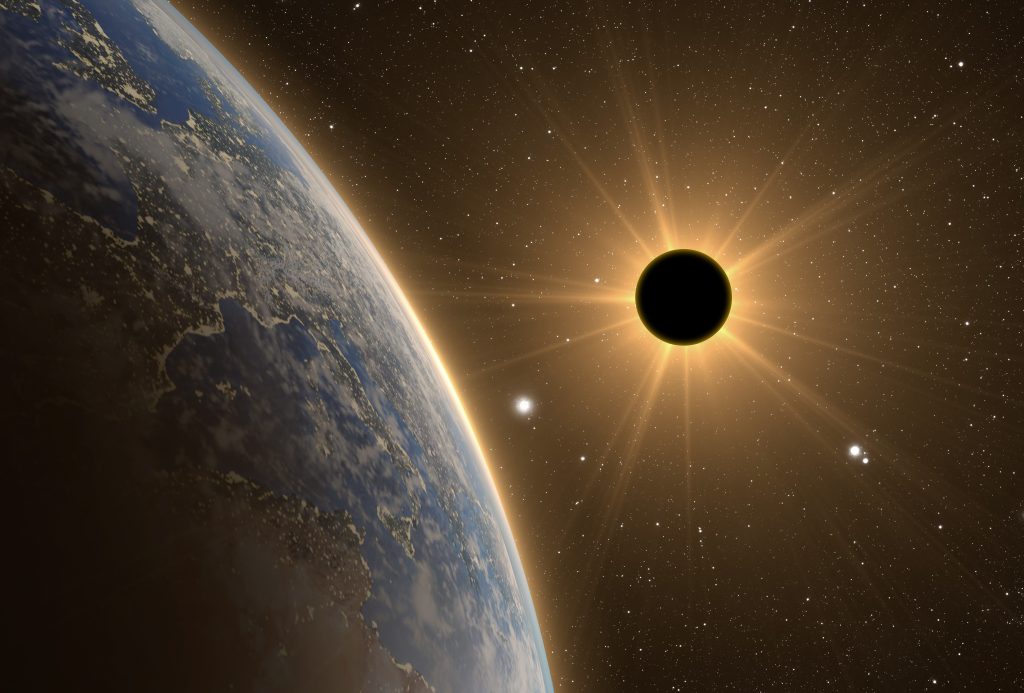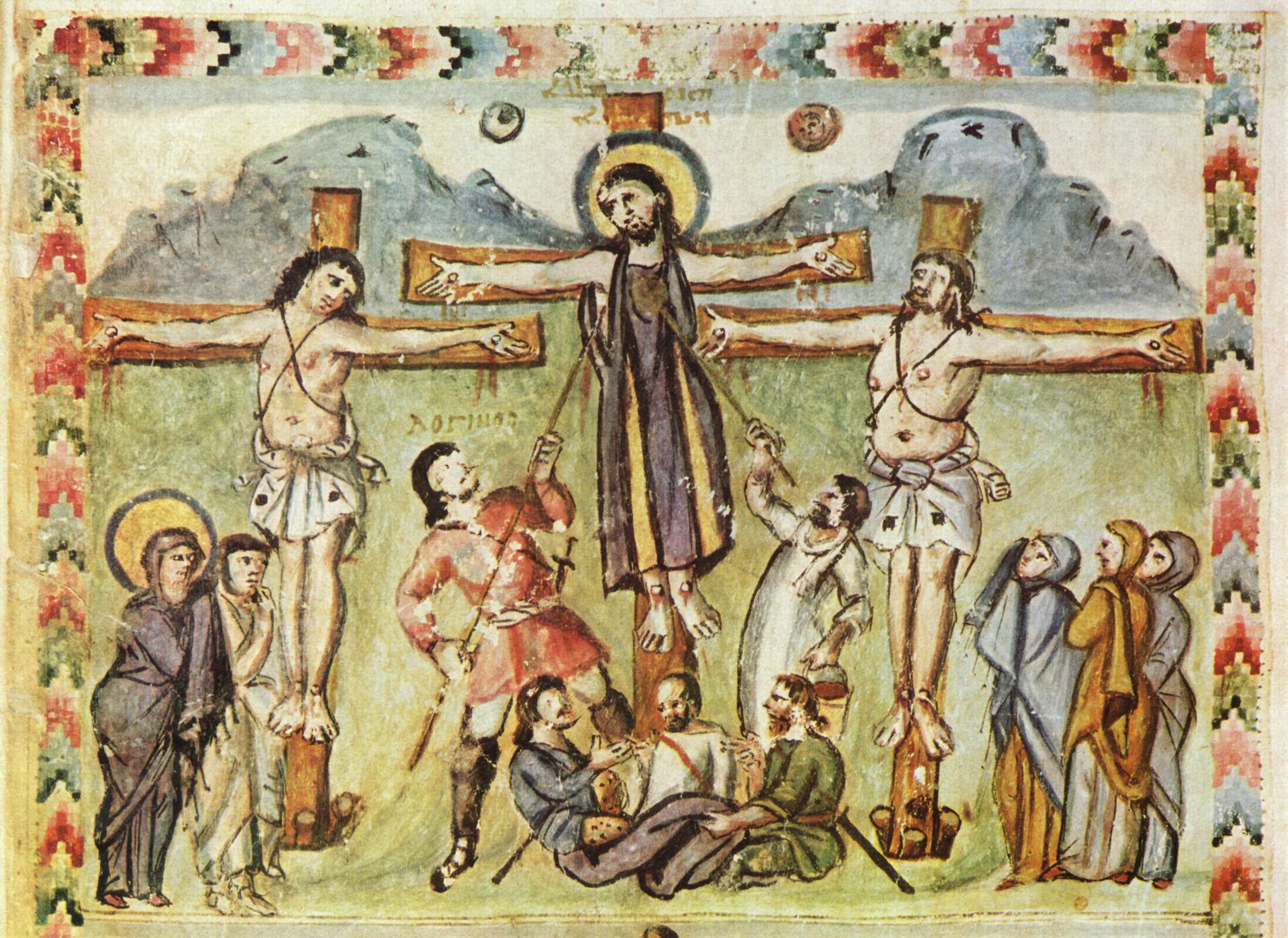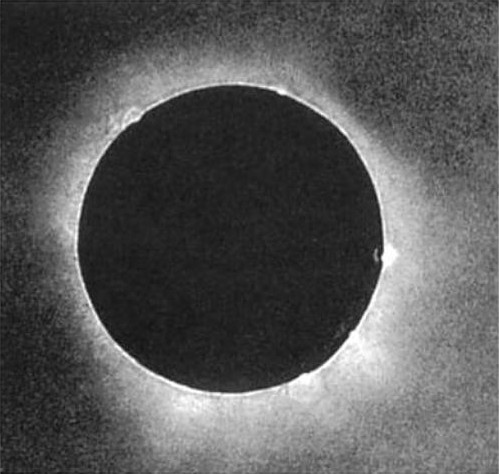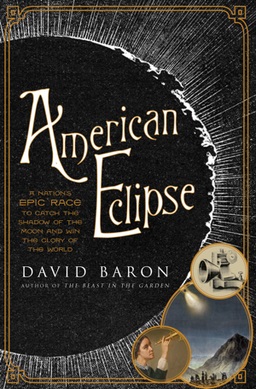
Eclipses have loomed large in human history. A solar eclipse inspired the establishment of what became Mexico City. Another stopped an ancient battle. Yet another was used by a Shawnee shaman to prove to an American general that the Shawnee was, indeed, a prophet.
A total eclipse comes to North Texas Monday. So we took a look at some of the ones that have come by this planet before — turning a little light on historically, scientifically or culturally significant eclipses through the ages.
2600 B. C. Just when humans started to track solar eclipses has been a matter of debate. We may have done it before we invented writing — using natural objects or geographic sites. In his popular, controversial 1965 bestseller, Stonehenge Decoded, the late astronomer Gerald Hawkins argued for perhaps the earliest date — around 2600 B.C. when the towering stone circle on Salisbury Plain was built. Stonehenge wasn’t just some ceremonial temple. He claimed it’s a computer-observatory for predicting solar and lunar eclipses. Subsequent studies have supported limited parts of his case; nonetheless, Hawkins launched the study of archaeo-astronomy (prehistoric understandings of the cosmos), countering the popular notion that everyone was simply frightened by or ignorant of astronomical events.
2137 B.C. or 1903 B.C. The first solar eclipse that was known to be recorded and can be dated. It appeared in the ancient Chinese text, Shujing (Historical Documents). The Shujing‘s dates are difficult to determine, but the only total eclipses visible in the capital city during the Xia Dynasty happened in 2137 B.C. and 1903 B.C.
1178 B.C. Possibly the eclipse mentioned in Homer’s Odyssey.
716 B.C. Greek historian Plutarch (46 A.D.-119 A.D.) claimed an eclipse marked the death of Romulus, legendary founder of Rome. This is part of a long tradition attributing eclipses to the birth, death or pivotal life moment of historic figures [i.e., the supposed eclipse when Julius Caesar crossed the Rubicon in 50 B.C. or the one when he was assassinated in 44 B.C., the death of Augustus Caesar in 14 A.D., the death of Henry I in 1133 A.D — and so on.]
585 B.C. The “eclipse of Thales.” Greek historian Herodotus (484 B.C. – 425 B.C.) claimed philosopher Thales of Miletus predicted a solar eclipse, an omen that interrupted the war between the Medes and the Lydians. If true (we don’t know Thales’ method), it was the first known eclipse to have been accurately predicted. Author Isaac Asimov called this “the birth of science.”

29 A.D. Three Gospel writers (Matthew, Mark and Luke) referred to the sky darkening during Jesus’ crucifixion. Some argue that was the 29 A.D. eclipse in the Middle East, others have argued for an eclipse in 33 A.D. One difficulty in using the eclipse charts: The Gospels reported the sky darkened for hours, longer than any known eclipse. (The record time is less than 8 minutes.) To paraphrase Anthony Aveni’s In the Shadow of the Moon: If it’s a divine miracle, it doesn’t have to happen just during a regularly occurring eclipse.
569 A.D. An eclipse at the birth of Muhammad is mentioned in the Koran. But when the prophet’s two-year-old son died in 632 and an eclipse was seen, Islamic scholar Ibn Kathir reported Muhammad said, “The sun and the moon do not suffer eclipse for any one’s death or life. When you see the eclipse, pray and invoke Allah.”
968 A.D. First recorded description of the corona, visible only during totality.
1142 A.D. A Seneca tribal legend has it that an eclipse happened when the native tribes in upstate New York (Mohawk, Oneida, Onondaga, Cayuga and Seneca) formed their confederacy, one of the earliest-known democracies.
1325 A.D. A total eclipse caused the wandering Aztecs to settle and establish Tenochtítlan as their capital (now Mexico City).
1496 A.D. The Aztecs depicted a total eclipse in stone — as a jaguar swallowing the sun. Other cultures and historical eras have depicted a hungry dog, a dragon, a wolf. As the moon passes in front of the sun, it looks as though it’s taking bites out of it.
1504 A.D. Christopher Columbus and his men alienated their Jamaican hosts by stealing from them. So the Jamaican natives stopped bringing food. Columbus told them his god was angry with them and he “caused” a lunar eclipse to terrify them into compliance. (See 1889 A.D.)
1605 A.D. Astronomer Johannes Kepler was the first to comment in print on the sun’s corona, suggesting it was sunlight reflecting off the moon’s atmosphere. But the moon has no atmosphere. In 1724, a French-Italian astronomer got it right: The aura is actually around the sun.
1806 A.D. Shawnee chief Tecumseh and his shaman-like brother Tenskwatawa (“Open Door”) formed a tribal federation to resist white invasions. Challenged by Gen. William Henry Harrison to prove he was a prophet, Tenskwatawa accurately predicted a total eclipse.
1831 A.D. An annular solar eclipse in February convinced Nat Turner that it was time he led the slave rebellion he’d had visions of. He revealed his plans to four others but illness delayed his insurrection until August.

Johann Julius Friedrich Berkowski took this daguerreotype at the Royal Observatory in Prussia on July 28, 1851 / Wikimedia
1836 A.D. Astronomer Francis Baily was the first to describe the broken chain of lighted dots that briefly surround parts of the moon during an eclipse. The name “Baily’s beads” was given to the sunlight peeking through the moon’s cratered and valleyed surface.
1851 A.D. In Prussia, Johann Julius Friedrich Berkowski took the first known photo (daguerreotype) of a total solar eclipse.
1878 A.D. American scientists raced to the Rockies to examine a total eclipse and prove they were as advanced as any scientists in Europe. Among those who viewed the eclipse were Thomas Edison, many people in Fort Worth and our first great female astronomer, Maria Mitchell (the first American to discover a comet). Famed asteroid hunter James Craig Watson announced that he found Vulcan, a “ghost” planet closest to the sun, whose existence helped explain Mercury’s odd path. He was wrong. (See 1919 A.D.)
1889 A.D. Mark Twain’s satiric novel, A Connecticut Yankee in King Arthur’s Court, featured a New England mechanic knocked unconscious. He dreams he’s in Camelot and figures, with his knowledge of science and democracy, he’ll soon be running the Dark Ages. The most famous scene (borrowed in dozens of time-travel movies and novels) has the mechanic saving himself from execution: He awes the superstitious by “causing” the solar eclipse of 523 A.D. (See the lunar eclipse of 1504 A.D., which possibly inspired Twain.)

1919 A.D. The most famous modern eclipse. Albert Einstein’s General Theory of Evolution (1916) was given observational proof. At different locations, astrophysicists Arthur Eddington, Frank Watson Dyson and Charles Davidson photographed the sun during a totality and proved its gravitational mass does bend light: It shifts the apparent location of stars. Einstein’s calculations also explained Mercury’s peculiar orbit around the sun. So there was no more need to find Vulcan. (See 1878 A.D.)
That is, until Star Trek came along and gave us a fictional Vulcan for Mr. Spock’s home planet. Then astronomers found an exoplanet and named it Vulcan.
But hold on. They soon learned that this Vulcan, much like Watson’s ‘original discovery’ during the 1878 eclipse, was a mistake.
Sources:
In the Shadow of the Moon: The Science, Magic and Mystery of Solar Eclipses by Anthony Aveni
American Eclipse: A Nation’s Epic Race to Catch the Shadow of the Moon and Win the Glory of the World by David Baron
Stonehenge Decoded by Gerald S. Hawkins
A list of “noteworthy eclipses” at Astronomy.com
New Scientist on the possible “Odyssey” eclipse
EarthSky on the eclipse starting the Iroquois Confederacy
The National Park Service on Tenskawatawa
The Center for Mark Twain Studies on his literary use of an eclipse
Sky and Telescope on Baily’s Beads
PBS on Nat Turner’s rebellion
Smithsonian on the “Einstein eclipse”
NASA.gov on lots of eclipse information, historic or otherwise
Space.com on lots of eclipse information, historic or otherwise




